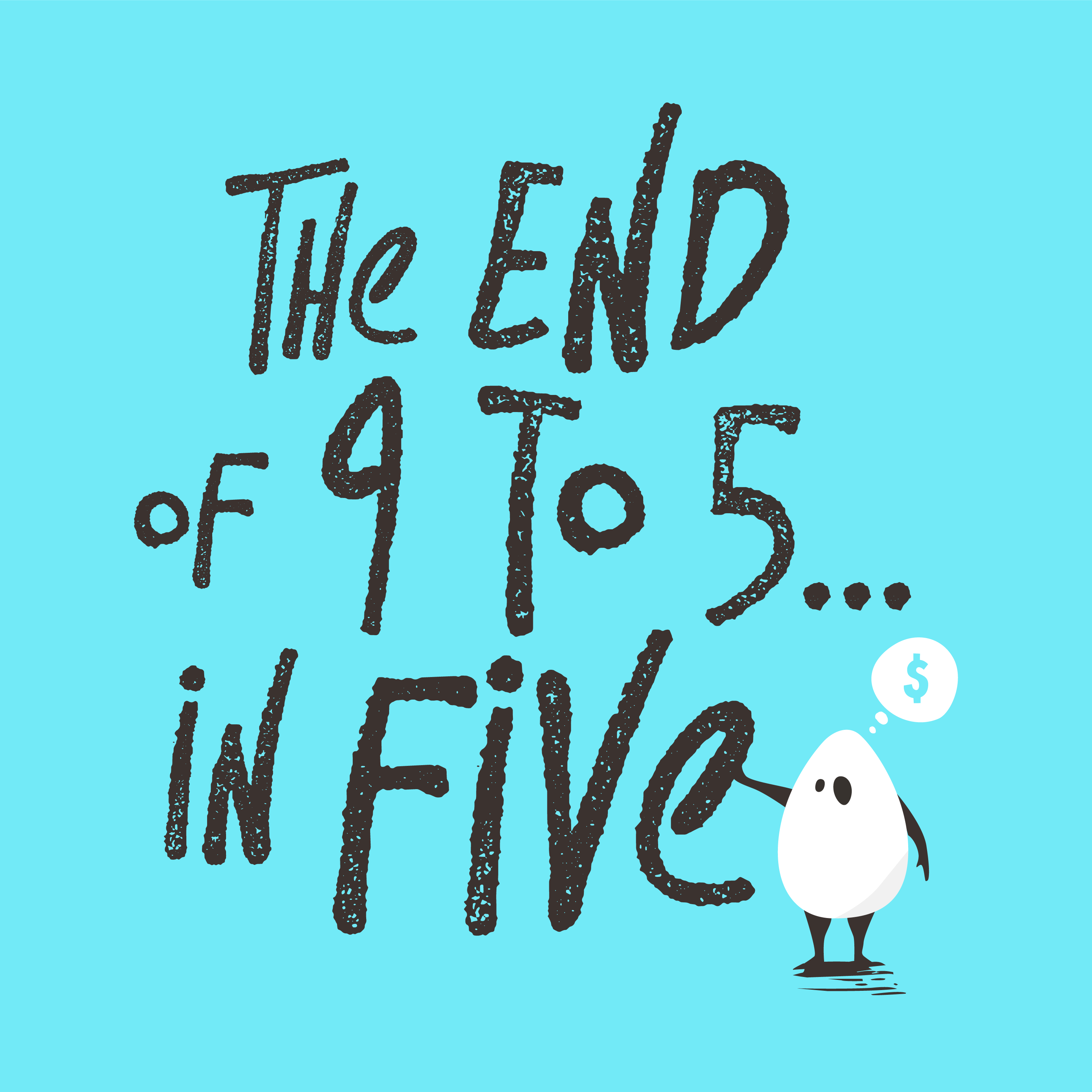
I’m a very visual person. Put it down to my dyslexia or left brain, I have to visualise things as practical 3D objects. Take when I started selling telecommunications services, as an example. You can’t touch or see internet connectivity, yet it exists, albeit in a virtual world. The problem I found was that because I was selling something that wasn’t physical, it was really easy to get things like costs, distribution, and the issue that you are trying to solve, fundamentally wrong.
I love cars, so most of my analogies relate to them, but bear with me. If I am selling a car, I can see it, touch it, smell it. I know how much room it takes up, how many I can fit in my showroom, what it costs, and how I go about selling it (photographs, specifications, test drives, etc.). There is a clear process when buying, marketing and selling a car.
When looking at a service or a digital product, something that doesn’t physically exist, people don’t always have the same discipline when it comes to product creation or sale. The process can become elastic as the customer demands changes or new features, creating cost models that aren’t repeatable or are impossible to keep track of.
By really focusing on productising your offering you can keep a very clear guide as to what that product actually is, what it offers, and most importantly, what it doesn’t. That way you can put a very accurate cost to it, in terms of the physical or virtual components and time involved. You will be much more able to know its true worth. To achieve this, as I say in the podcast, you need to think of your products as cereal boxes on a shelf. What goes into that box? What is that box called and what differentiates it from all the other boxes on your shelf?
Ideally, most of the components that go into that box are similar and cam go into other boxes as well. But you can also create clear boundaries between each product with a unique value proposition, whilst not increasing your costs to deliver each product.
People love choice but that doesn’t mean everything has to be completely unique. Think of a clothing brand: there are different sizes and colours of the same jacket – but most of the components of that jacket are exactly the same. Minimise how much you have to change in the backend whilst delivering your customers with lots of choice. The best example of these are coffee shops. They deliver a plethora of choice whilst using the same three basic ingredients: coffee, hot water and milk
It can be very difficult to know what a service is actually worth, but by going through this process you will understand the time, effort and parts that make up that service. Bit by bit you can make sure you aren’t going to be a busy bee not making any honey and instead ensure everything you do is worth your time and effort. I found this process probably one of the most useful parts in setting up my businesses and making sense of what we are actually doing and why. Also, in the cold light of day it becomes pretty clear what looks like worthwhile effort and what isn’t.



Leave a Reply